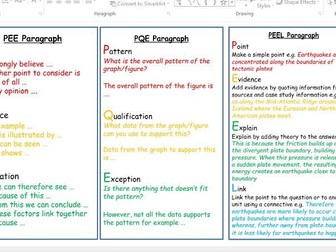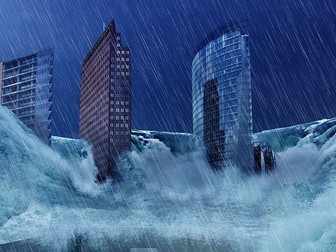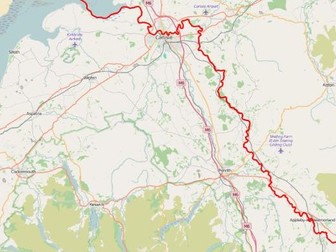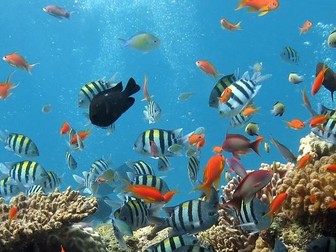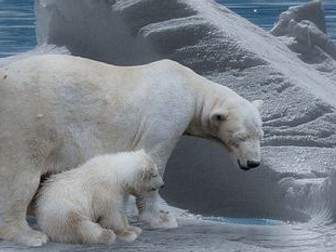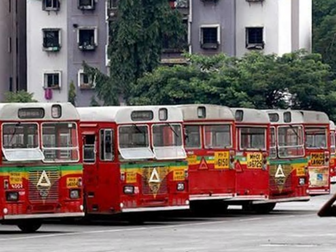
Sentence starters for PEE paragraphs
Gives learners examples of sentence starters and appropriate language to use for each part of the paragraph or essay. For example, how to introduce evidence or an explanation. There are also suggestions for introduction and conclusion language. It helps learners to add structure to thier longer pieces of writing.
Useful for English as second language learners and can support less confident writers.
It fits on one slide so is easy to display.
In my context, it is useful in History and Geography but could be used in any subject requiring more detailed written responses.


